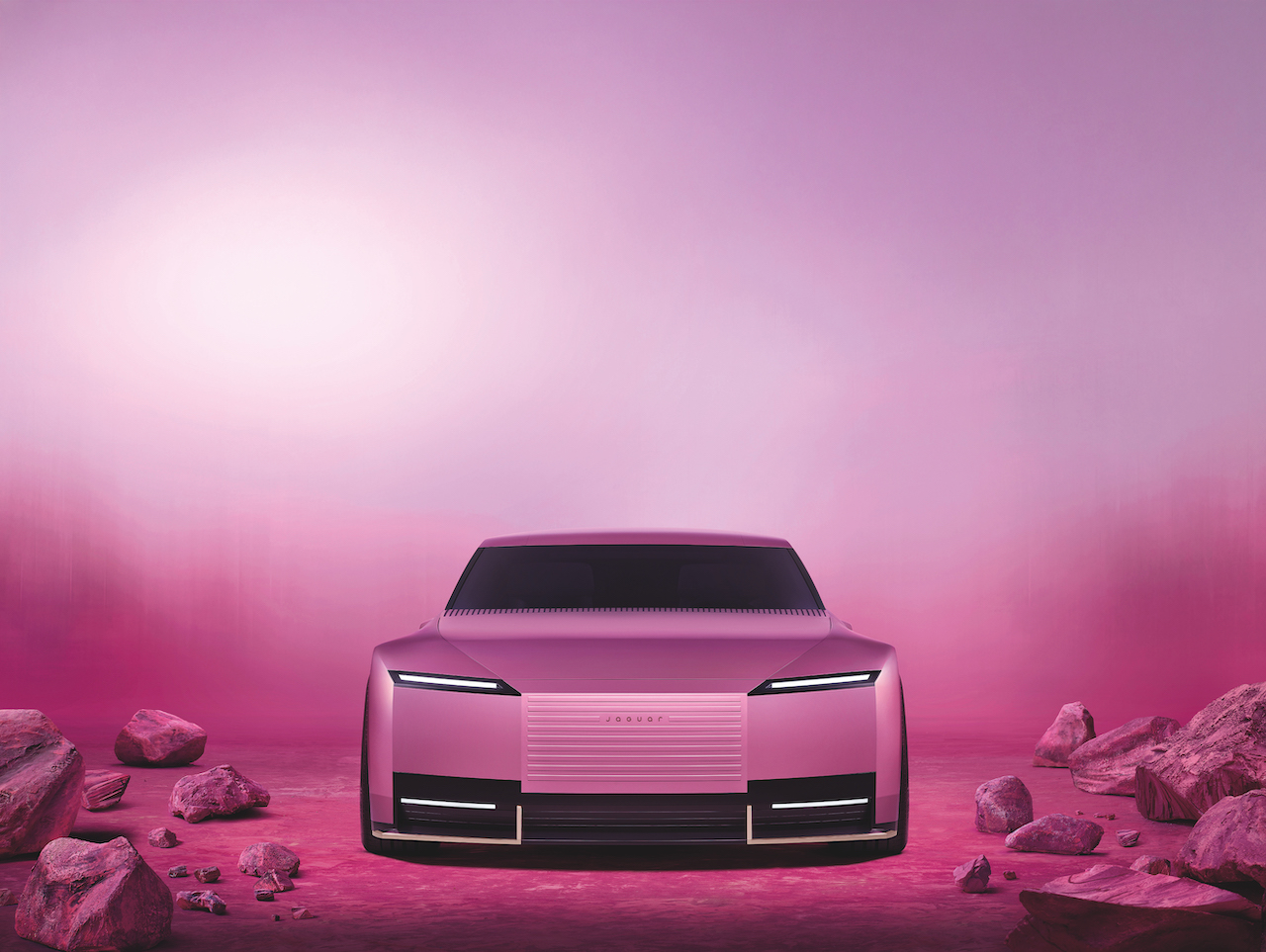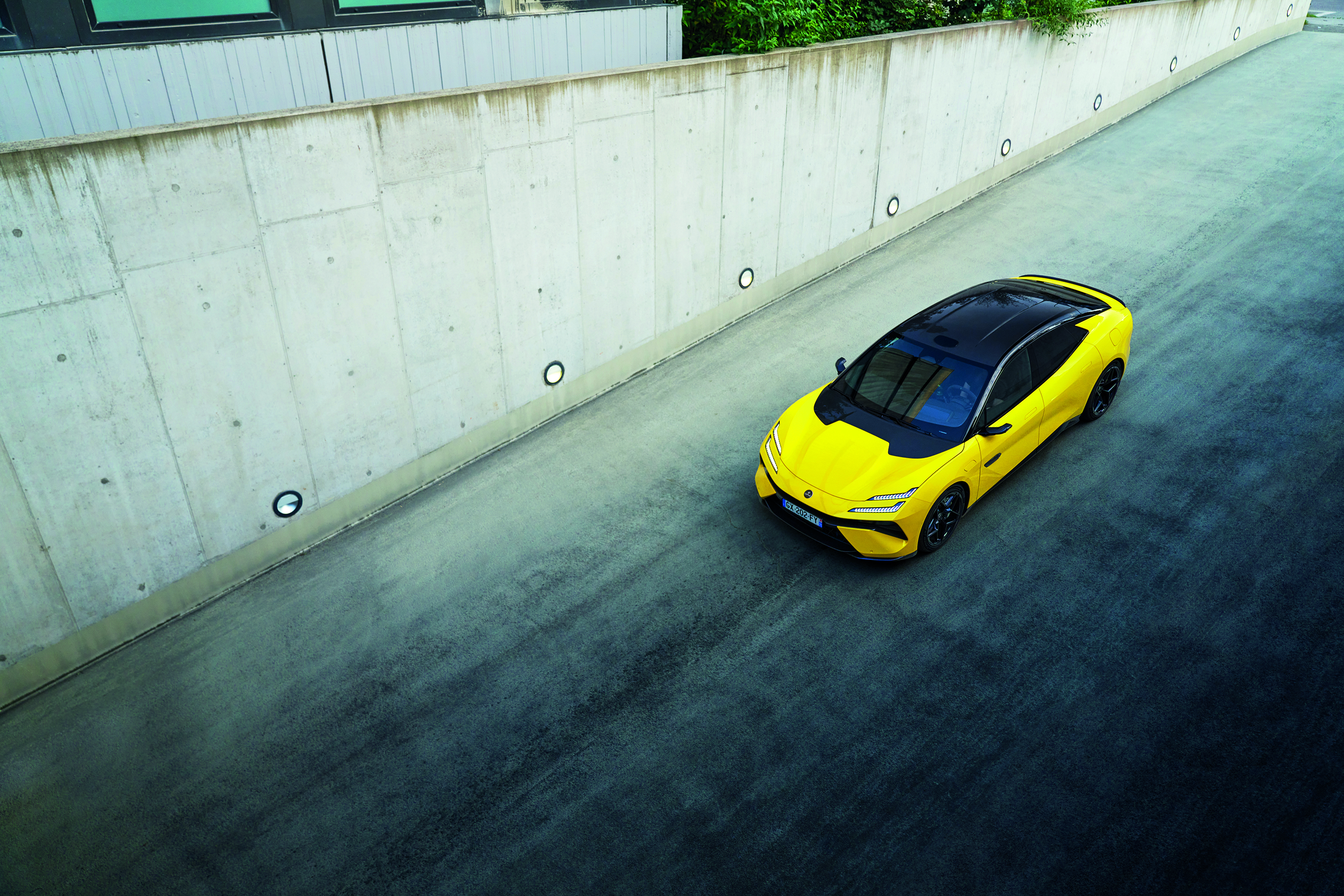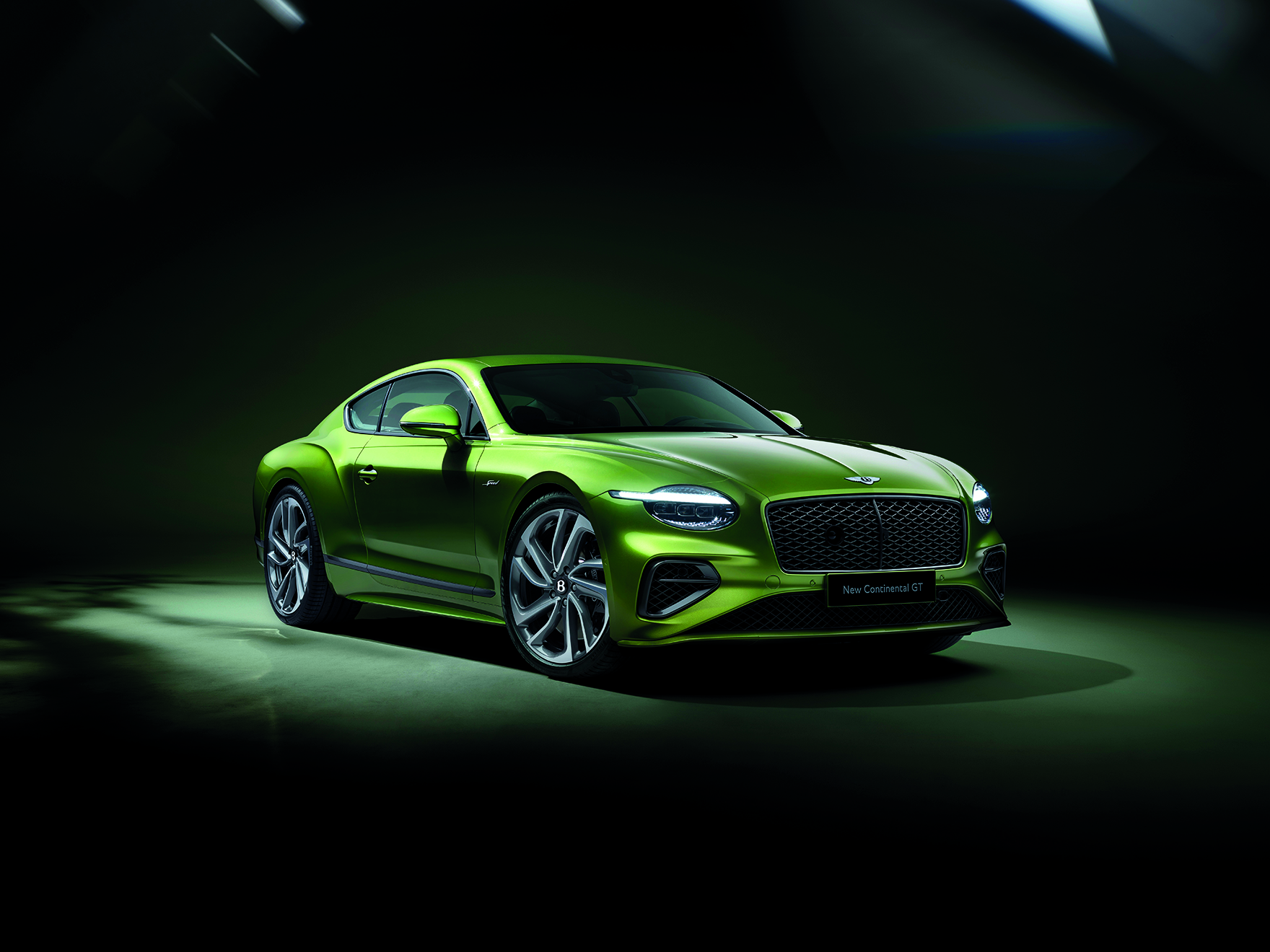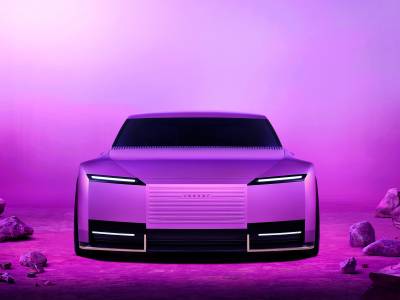What happens when an automotive brand pivots sharply and pitches itself at a different market sector? Last year ended with a classic example, when the storied British luxury sports car brand Jaguar seemed to ditch 90 years of heritage for a new, more upmarket, all-electric future heralded by a rebrand and an all-new concept car. What drives car manufacturers to make such an irreversible lane change? Reasons range from the auto industry’s shifting sands — new markets, squeezed margins, changing technologies and tastes — and a mix of tariffs, trade wars and legislative shifts all coming down the road. Given all this, a struggling brand like Jaguar was right to rethink things. As the company pointed out, the idea of a complete reset recaptured the founding spirit of the company and its original guiding light, Sir William Lyons. Lyons’ statement that ‘a Jaguar should be a copy of nothing’ is harder to pull off in the internet age, but you can’t blame the company for trying something new. However, will it work? The court of public opinion can be swift and decisive but also muddle-headed.
The Heritage Car Rebrands that are Making a Mark
29th April 2025
Jaguar’s audacious and headline-hitting change of direction in late 2024 highlights the high stakes risk that comes with heritage car rebrands. Jonathan Bell examines the challenges experienced by luxury marques that also rebooted.

The roar of vitriol that greeted the new logo in November was only drowned out by the deluge of think pieces that followed the Miami reveal of the Jaguar Type 00 a few weeks later. A conceptual electric grand tourer that previews the 2026 Jaguar GT, it was long, low and pink, with faceted bodywork and minimalist detailing that gave few nods to the company’s legendary heritage, both on and off the racetrack. In the end, Jaguar got the last laugh, briefly becoming one of the most talked-about automotive brands on the planet and securing widespread coverage about the company’s history, greatest hits and projected future. Fulfilling Oscar Wilde’s maxim to a T (“there is only one thing in the world worse than being talked about, and that is not being talked about”), the Jaguar rebrand prompted opinion, rage, analysis and reassessment, all within the space of a fortnight.
The Lotus Shift to Ultra-Electric

Before Jaguar, another longstanding British brand underwent a major revamp, taking it far away from its original ethos. Racing engineer Colin Chapman founded Lotus in 1952, building lightweight, performance-focused road cars in parallel with motor racing campaigns at the highest level. Despite carrying a mountain of goodwill, Lotus always found the financials heavy going and, despite building cars that everyone loved, it couldn’t translate this into sales. Bold ideas to reboot the brand came and went, hamstrung by a lack of funds. Enter Chinese industrial conglomerate Geely, which took a controlling stake in the company in 2017. Under Geely, Lotus has rallied and diversified, hedging its bets between an ultra-high-end electric hypercar, the Evija, a conventional ICE-powered sports car, the Emira, and, most importantly of all, a range of all-electric, Chinese-built SUVs and saloons, starting with the Eletre and Emeya.
For brand aficionados, the switch to hefty EVs flew in the face of everything Chapman was famous for. “Adding power makes you faster on the straights. Subtracting weight makes you faster everywhere” is just one of his many quotable thoughts on engineering. The Eletre is an elegant, capable machine, but it weighs in at over two and a half tonnes. The iconic Lotus 7, introduced in 1957 with a legacy that continues to the present-day Caterham Super 7, could weigh as little as half a tonne. The Lotus badge may have stayed the same, but the brand could not be more different. Go back nearly three decades, and another venerable British brand was at a crossroads. Rolls-Royce and Bentley had been joined at the hip for decades after the former bought its rival in 1931.
The Bentley Revamp

When the aerospace arm of Rolls-Royce was hived off in 1971, Bentley became a small part of the Vickers-owned Rolls-Royce Motors Limited. The two brands shared a factory and body styles, with Bentley models pitched at the more sporting customer. Fast-forward to 1998, and Vickers sold out to the Volkswagen Group, a sale that included everything from factory to historic cars (with the important exception of the name ‘Rolls-Royce’, which went to BMW). Under Volkswagen, the Bentley name suddenly had access to engineering skill and marketing acumen beyond its wildest dreams. Steered by an Anglophilic German management team, the reborn Bentley Motors revealed its first all-new model, the Continental GT, in 2003. With a fastback coupé design overseen by Raul Pires and Dirk van Braeckel, the GT shared its underpinnings with several other VW group cars, such as the mighty W12 engine that was also deployed in high-end Audi and VWs. The platform had much in common with the Volkswagen Phaeton, an impressively over-engineered luxury saloon that was the commercial antithesis of the popular Bentley.
There were rumblings about whether a re-skinned Volkswagen could ever live up to the high bar set during the Rolls-Royce era. Would the German link tarnish the aristocratic playboy image Bentley had engendered since its earliest days? The nay-sayers needn’t have worried. The Germans set about making Bentley more ‘British’ than it had ever been, and thanks to some deft investment in motorsport, including winning Le Mans in 2003 with the Bentley Speed 8, it transformed the company’s image and fortunes. The Continental GT is now in its fourth generation; its components and technology developed alongside another VW Group stalwart, Porsche. Platform sharing is more widespread than ever before. Bentley’s rebirth showed the importance of bolstering and reinforcing a brand’s core values. Jaguar will be hoping that the electrification age presents a possibility of redemption and renewal. When the Mercedes subsidiary Smart began life 30 years ago, the plan was to create a car with the flexibility of a Swatch-style fashion item.
Smart getting Smarter

The ultra-compact car had its origins in a plan devised by Swatch CEO Nicolas Hayek a decade before. By the time Hayek’s idea came to market it was in partnership with Mercedes, and the little Smart (‘Swatch Mercedes ART’) redefined the modern city car. And then the company pivoted once more, steered by another new joint venture with Geely. No longer pitching at upmarket Milanese and Parisians, Smart is now an all-electric compact SUV brand, aimed squarely at China’s growing and adventurous middle classes. The Smart #1, #3 and #5 are a world away from the diminutive Smart City-Coupé, with rugged exteriors and seats that fold flat into a double bed. A brand conceived for European city dwellers is now a symbol of freedom and mobility for a new demographic on the other side of the world. Brands change, but so do markets. If you’re smarting because your favourite firm has left you behind, it’s only because the company thinks the grass is greener somewhere else.






